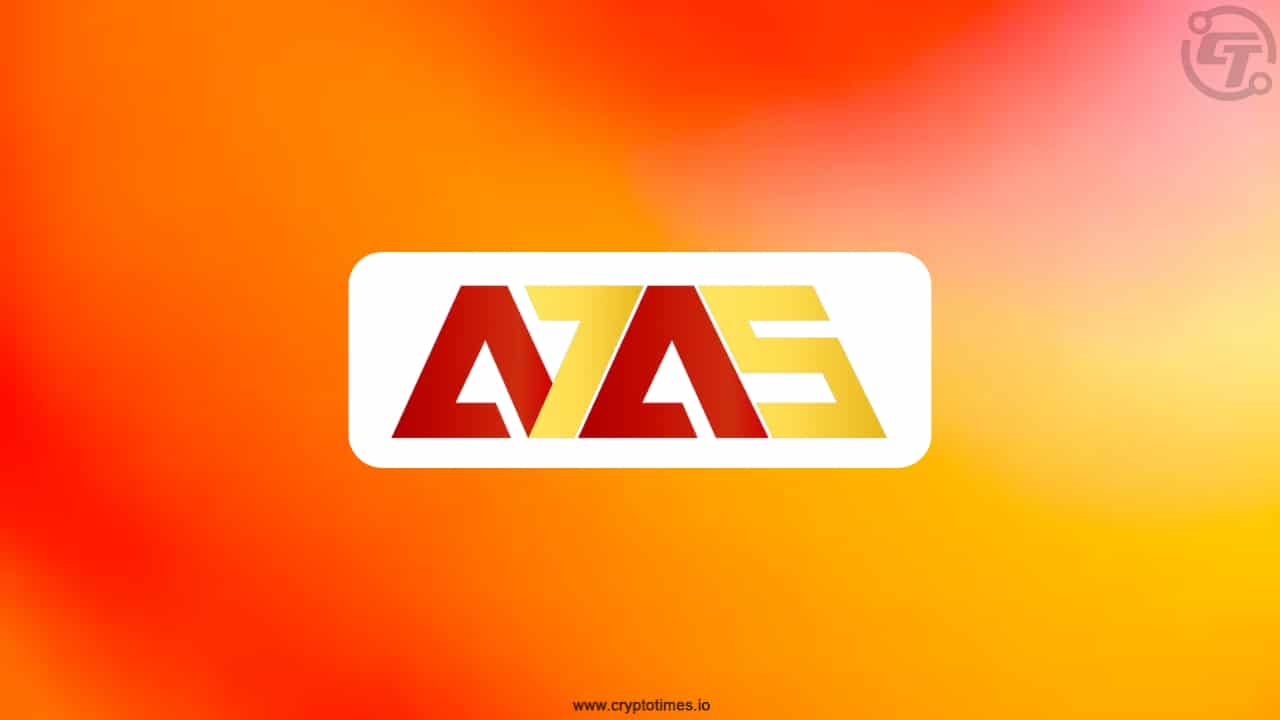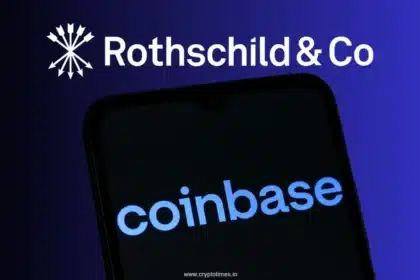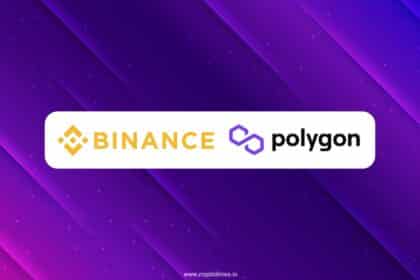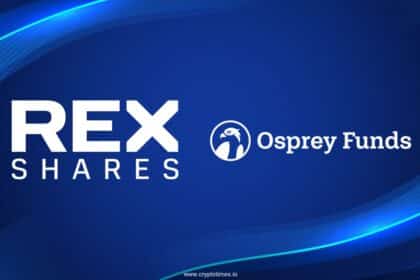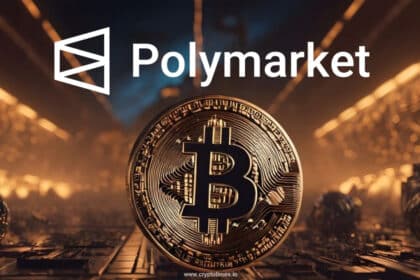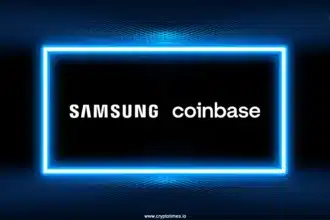A Russian-linked stablecoin under U.S. sanctions surfaced at one of Asia’s crypto events this week, showing how fragmented global rules are leaving space for sanctioned players to thrive. Kyrgyzstan-based A7A5, a ruble-backed token created in January by a Russian defense lender and payments firm, was listed as a platinum sponsor at TOKEN2049 in Singapore.
The token’s booth drew attention on the conference floor, and its regulatory affairs director, Oleg Ogienko, even spoke on stage before references to the company were quietly scrubbed from the event’s website on Thursday.
The U.S. and U.K. sanctioned firms behind A7A5 in August, describing the project as part of a network designed to help Russians sidestep restrictions imposed after the invasion of Ukraine. But neither Singapore nor Hong Kong has imposed similar measures, giving the token room to operate in Asia.
“We were sanctioned several times,” Ogienko told Reporters at the event. “We have nothing to do with money laundering and are compliant with Kyrgyz regulations.”
Trading Surge Despite Scrutiny
Despite Western pressure, activity in the token is booming. Data from blockchain analytics firm Elliptic shows A7A5 has processed more than $70 billion in transfers since launch, up from $40 billion just two months ago. Daily transactions have doubled in the past month, reflecting growing demand among Russians shut out from traditional financial channels.
A Sanctions Gap
The event highlights the limits of Western sanctions enforcement. U.S. lawyers note that Washington has no jurisdiction if no U.S. persons are involved, leaving Asian financial hubs as grey zones where US blacklisted crypto projects can still continue to do business as usual.
With Russia cut off from global payment systems like SWIFT, tokens like A7A5 offer a parallel network for trade and remittances. Its presence at TOKEN2049 sends a clear message: even under sanctions, demand for alternative rails is strong.
Also Read: Russia Caps ATM Withdrawals, Squeezing Crypto Traders


